By: Korie Marshall
The province has started an intensive program to keep invasive mussels out of BC, and a pilot program in Valemount this summer will help build capacity and awareness to keep the dangerous species out.
Zebra and quagga mussels pose a significant threat to Canada and BC’s freshwater ecosystems and critical infrastructure such as hydroelectric and drinking water facilities, says the province. They are fingernail-sized, freshwater mollusks that can easily attach themselves to objects and other organisms. They are not native to North America, but were introduced to the Great Lakes in the 1980’s, and have been found in at least 24 American states as well as Lake Winnipeg. The multiply rapidly, and once they colonize a water body, they are almost impossible to get rid of. They can survive several weeks without water, which means they can easily hitch a ride on boats, trailers and equipment from one body of water to another.
The province says an invasive mussel infestation in BC could cost $28.2 million per year.
They are bad, says Penni Adams, program manager for the Northwest Invasive Plant Council. She presented a delegation to Valemount Council this month, explaining a bit about invasive species and the work her council does, but also introducing the pilot program. The NWIPC has started work on aquatic invasive species, which aren’t just plants, and they are now working with Columbia Basin Trust and the province to keep zebra and quagga mussels out of the Basin.
“They are really ugly,” says Adams, explaining how they are small and form massive colonies that can block intakes for boats, water supplies and power plant operations. “And they destroy the natural ecosystem. They are a real problem,” she says.
The Invasive Species Council of BC, which works with all the regional councils, says zebra and quagga mussels pose a serious threat to the biodiversity and fisheries of any water system. They reduce the amount of food available for native fish, including salmon, and other organisms.
Species that depend on plankton, like kokanee and sockeye salmon, and species that feed on these fish like large-bodied strains of rainbow and bull trout, could be severely depleted if the mussels become established in BC’s lakes. They can also upset the balance of algae in an area, leading to higher concentrations of blue-green algae, which can be toxic to aquatic life and very unpleasant for recreational users as well as affecting drinking water supplies.
The province says prevention and education are the top priorities in its plan to deal with invasive mussels.
The Ministry of Environment has started the Invasive Mussel Defence Program this summer, using mobile decontamination units and crews with auxiliary conservation officer powers. The auxiliary conservation officers are trained to identify mussel-infested boats, and will conduct mandatory roadside boat inspections to ensure boats and trailers entering BC are decontaminated.
In early July, the Columbia Basin Trust announced $360,000 in new funding as part of a partnership to double the number of mobile decontamination units in the province. Valemount will be the base for one of three additional teams in the Basin to target major entry points from Alberta and the US. Two more teams will be based in Cranbrook and Nelson. Three other crews are already operational based in Invermere, Penticton, and another in Nelson, working to protect BC’s lakes and rivers from the threat of zebra and other invasive mussels.
The mobile units can move between border locations, focusing on high-traffic routes like Highway 16 from Alberta into BC. The teams can also respond to boats identified as concerns by the Canadian Border Services Agency and partner agencies in Alberta and the US, and reports called in through the provincial Report All Poachers and Polluters line.
The teams will also support education and outreach activities, such as the Clean, Drain, Dry program being delivered by several invasive species councils.
This new partnership in the Invasive Mussel Defence Program also includes support from Columbia Power Corporation, FortisBC and the four local invasive species councils operating in the Basin: East Kootenay Invasive Plant Council, Central Kootenay Invasive Species Society, Columbia Shuswap Invasive Species Society and the Northwest Invasive Plant Council, which covers Valemount and the Robson Valley.
David Karn, spokesperson for the Ministry of Environment, says training for the three additional teams began on July 13th, and the new crews were expected to be operational on July 20th.
One thought on “Pilot project to thwart invasive mussels”
Comments are closed.



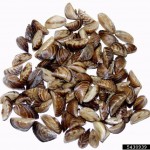
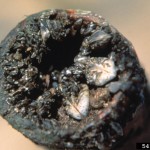
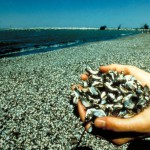
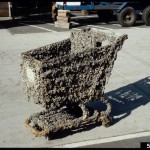
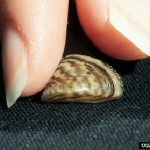
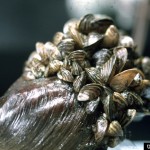
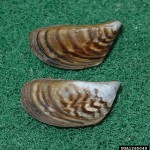

I’m curious as to how it was decided where the inspection stations would be located. For example, apparently there is one in Penticton. If boats are coming from the USA and launching at the south end of Skaha Lake how does an inspection station located further north in Penticton benefit this waterway system of lakes and rivers? Would it not be more efficient to locate these inspection stations right at the border and make it part of the process? And why not label every boat with an inspection identifier so one can tell at a glance if a boat has been inspected?